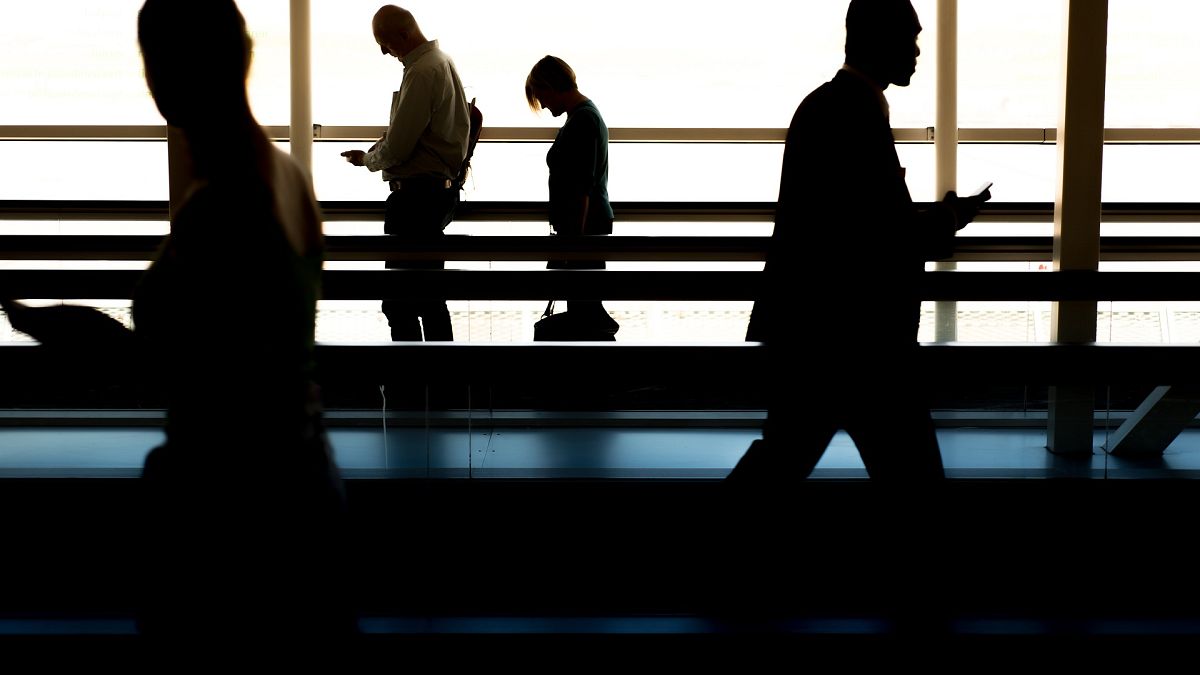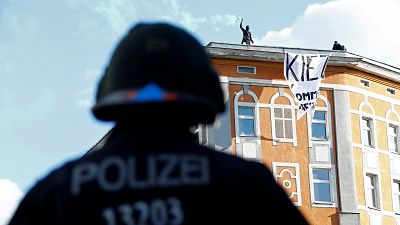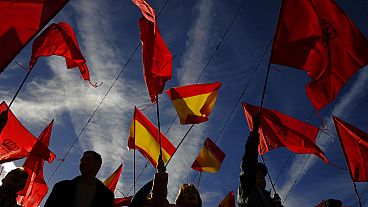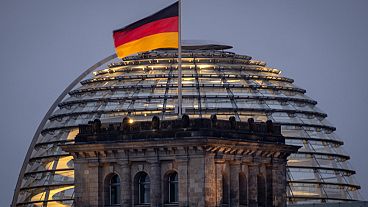Wide inequalities in the distribution of income were apparent in the EU in 2016. Data by Eurostat shows that the top 20% of the population, those with the highest disposable income, received 5.2 times as much income as the bottom 20%.
Large gaps in income inequality in European Union member states remain, according to the latest figures from Eurostat, with the official stats body warning of a wide contrast in the distribution of incomes across nations on the continent.
The figures indicate that the top 20% of the population in the EU — or those with the highest income in a given country — received an average of 5.2 times as much income as countries in the bottom 20% last year.
Member states are measured against the median equivalised disposable income of a country, which is calculated between the top 20 and bottom 20 countries.
The ratio varies considerably across Europe, with Serbia showing the highest increase in income inequality of those included in the stats, scoring 9.7 in the chart, and trailed by Russia, which tallied a ratio of 8.2, according to UN figures.
In general, income inequality within the European Union was lower among Nordic countries, while in Bulgaria, Romania and Lithuania the ratio peaked at more than 7.0.
Parts of southern Europe also recorded high levels of income inequality, with Spain, Italy, and Greece scoring over 6 points.
Countries that showed the lowest levels of income equality included the Czech Republic, Finland, Slovakia, Slovenia, Belgium and the Netherlands, which showed a ratio of over 3.5.
Compared to 2008, Latvia saw the biggest decrease in the income inequality ratio, dropping from 7.3 in 2008 to 6.3 last year. Much of that was down to the country increasing its minimum wage in recent years.



